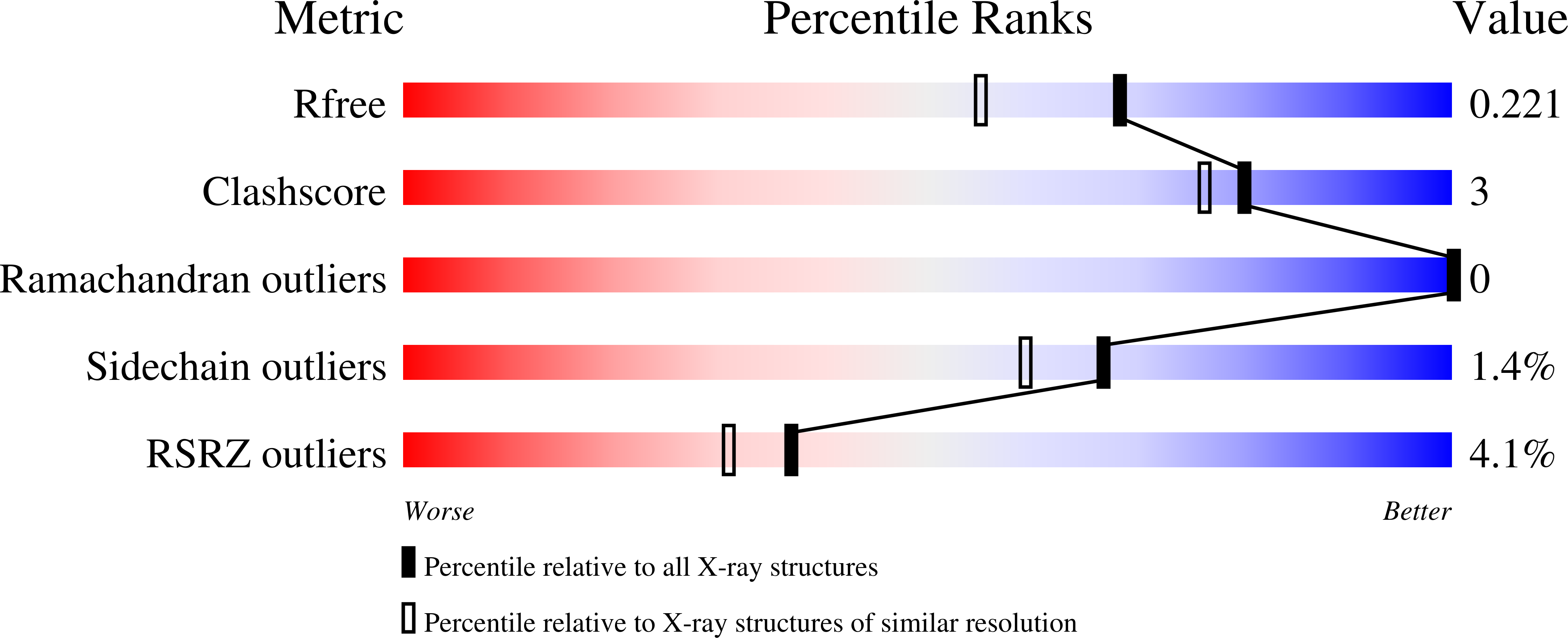
Deposition Date
2020-12-10
Release Date
2022-01-12
Last Version Date
2024-01-31
Entry Detail
PDB ID:
7B7H
Keywords:
Title:
The glucuronoyl esterase OtCE15A R268A variant from Opitutus terrae in complex with, and covalently linked to, D-glucuronate
Biological Source:
Source Organism:
Host Organism:
Method Details:
Experimental Method:
Resolution:
1.80 Å
R-Value Free:
0.22
R-Value Work:
0.18
R-Value Observed:
0.18
Space Group:
P 1


